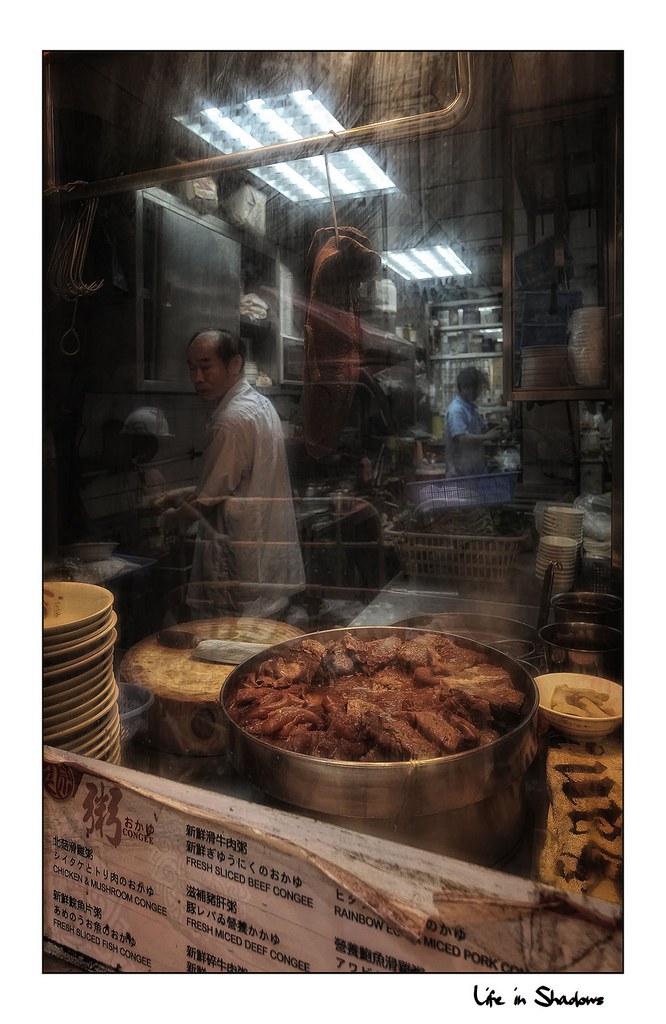My thought about color is a question. When is it best to use color? When B&W? I've never got a good grip on this. I generally like using color media more, just because my eye enjoys looking at the colored world. For me, one of the HUGE benefits of digital photography is that I can change my mind after I make the image. And the current crop of image processing software makes this transformation a pleasure to look at.
I do feel, as some others have said here, that B&W can be overused. It has the potential to add drama where none actually existed. I find that using color for street photography forces me to be much more honest with myself about the significance of a street scene; more considerate about whether the scene is actually worth photographing, or is it just attractive because of the color element.







